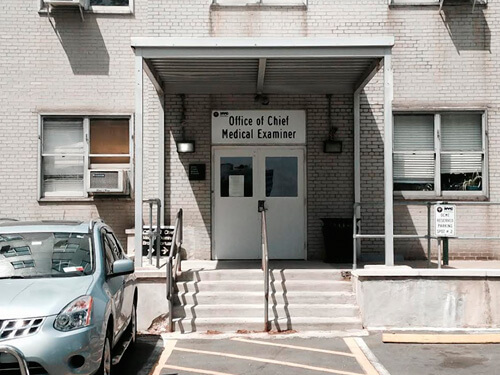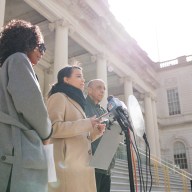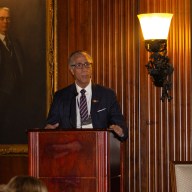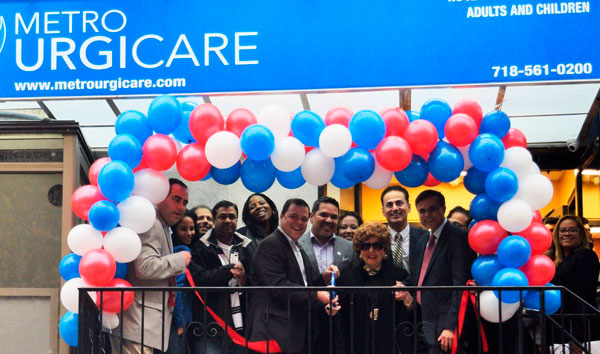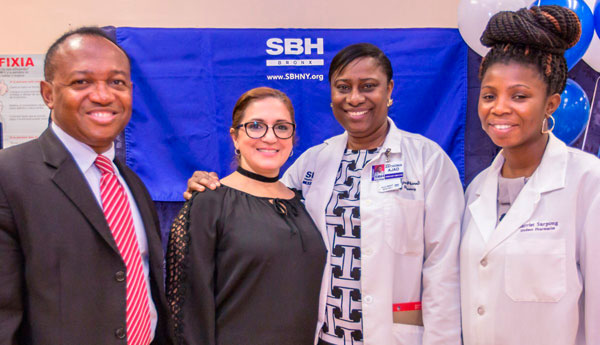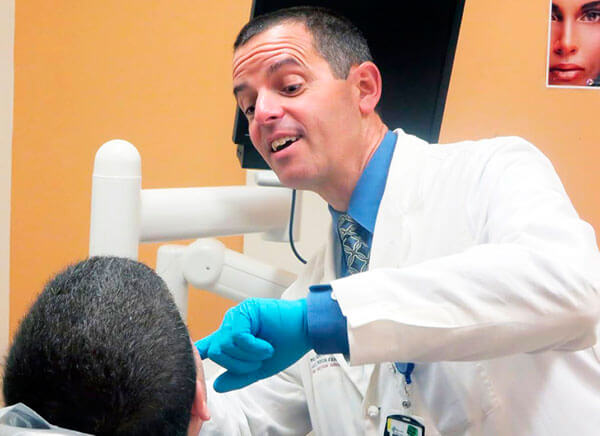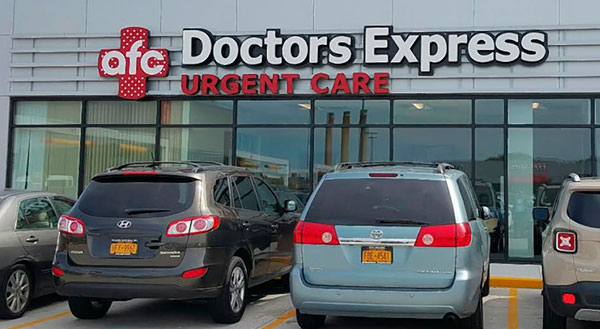If you never had the opportunity to visit Queens or Manhattan during your lifetime, you may get your chance to do so after death.
On Thursday, May 7, the city’s Medical Examiner’s Office announced a surprising decision to shift both Staten Island and the Bronx’s mortuary services to neighboring boroughs.
The Bronx Medical Examiner’s Office, presently based in Jacobi Medical Center’s campus, will transfer their mortuary services and workers starting Monday, June 1.
Decedents from the north Bronx will be transferred to Queens for mortuary services while south Bronx decedents will be sent to Manhattan.
OCME said the consolidation of mortuary staff and resources to three locations will improve operational effectiveness.
The borough’s office will remain to provide identification services allowing loved ones to see photos of the decedent and to speak with a medical examiner over the phone.
OCME plans to relocate Staten Island and the Bronx’s offices to a more easily accessible location in these boroughs, however no locations were specified.
The spokesperson added, identifications are never made by viewing the body in person, but for any family asking to view their loved one after the identification is made, OCME will make arrangements at no cost to the family.
Most families speak to medical examiners over the phone about their loved ones, but for any that wish to speak to one in person, OCME will make arrangements at the most convenient location for the family, free of charge.
“OCME is committed to maintaining the same level of service and access for the residents of the Bronx and Staten Island. All identifications will continue to be made in the home borough using photographs or more advanced scientific methods when necessary,” Julie Bolcer, NYC OCEM’s public affairs director stated. “For the approximately one percent of families that wish to view their loved one in person once the identification is made, OCME will arrange and pay for transportation costs.”
On Wednesday, May 13, Borough President Ruben Diaz, Jr.; Staten Island Borough President James Oddo; council members James Vacca, Steven Matteo, Deborah Rose, Andy King; and Council Minority Leader Vincent Ignizio wrote a letter to Committee on Health chairman Corey Johnson expressing opposition to these consolidation proposals and asked the Committee on Health in opening oversight hearings allowing for them to be thoroughly investigated.
“While I understand that the chief medical examiner is trying to cut spending, OCME must acknowledge the fact that these closings will have a considerable effect on families during their most vulnerable and stressful time in their life, and on the small businesses that serve those families that lose one of their own. It is also unclear how the closure will affect law enforcement’s role,” Diaz explained. “My office and other officials are working on ensuring that the proper process is followed and the voices of the community as a whole are heard.”
“Our business will lose a person for at least four hours having to travel between boroughs with this decision now in place,” James McQuade, Schuyler Hill Funeral Home director. “This is already a lengthy process to begin with and it only seems this decision will further complicate it.”
According to OCME, due to space limitations at the Bronx mortuary, OCME already transports a large portion of Bronx decedents to Queens and this anticipated consolidation of mortuary operations to three locations will make the pick-up process more efficient for funeral homes.
In addition, it claims the level of service will remain the same and will not have any adverse effects for families or the criminal justice system served by OCME.

